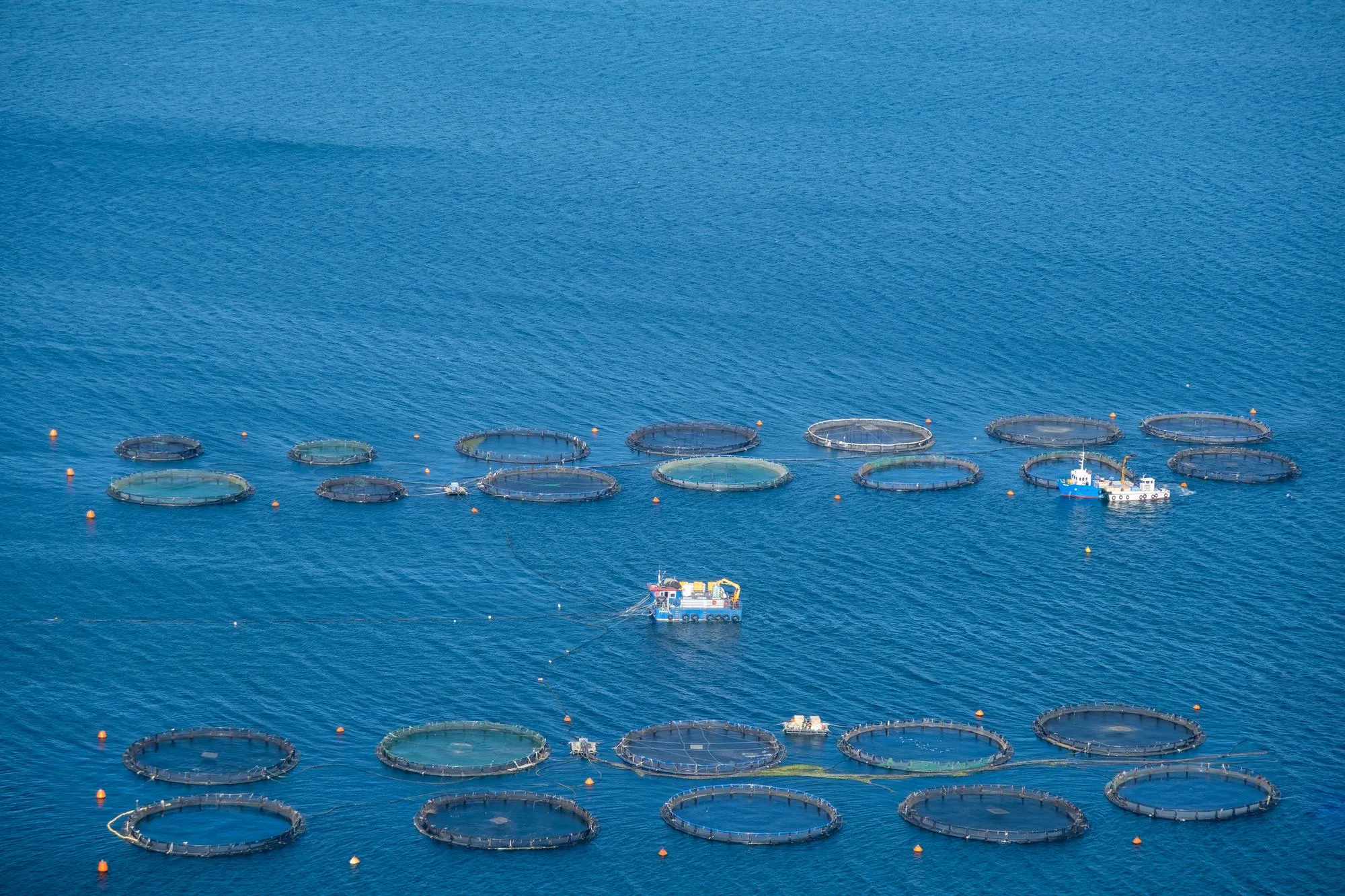Keywords
1. Atlantic salmon maturity
2. vgll3 genotype influence
3. Salmon farming practices
4. Genetic impact on aquaculture
5. Selective breeding in salmon
The vgll3 locus, a critical genetic marker influencing the age at which Atlantic salmon (Salmo salar) reach maturity in the wild, has exhibited a varied effect under the farmed conditions seen within the globally recognized Mowi strain. A recent study, published in BMC Genetics (BMC Genet), details how conventional aquaculture practices, synonymous with light and temperature manipulation, along with controlled feeding regimens, unveil significant alterations in the speculated impact of vgll3 genotypes on maturation timings, particularly among female salmon.
DOI: 10.1186/s12863-019-0745-9
Introduction
In a groundbreaking study, Ayllon et al. (2020) have unveiled a contrasting effect of vgll3 genotypes on the age at maturity of farmed Mowi strain Atlantic salmon compared to their wild counterparts. The vgll3 locus has been extensively documented in influencing sea age at maturity in wild Atlantic salmon—yet its impact under farming conditions has received limited scientific attention until now, especially in regards to female genotypes. This article dissects the research findings and their implications for the aquaculture industry and genetic breeding programs.
Methods
Ayllon et al. (2020) adopted a robust and ethically approved methodological approach to discern the impact of vgll3 genotypes on salmon maturity. The salmon were reared under standardized farming conditions until they reached maturation at one, two, or over two sea winters. With ethics approval from the Norwegian Animal Research Authority (NARA; permit numbers 4268, 5296, and 5741) and adherence to Norwegian Animal Welfare Act 2009, the research adhered to stringent regulatory standards.
Results
Undeniably pertinent, the study found no identifiable link between vgll3 genotypes and age at maturity in farmed Mowi females. Contrary to this, male salmon outcomes indicated that the likelihood of delayed maturation from one to two sea winters was considerably lesser in fish that were homozygous for the early-maturing allele compared to those harboring the late allele, with heterozygous genotypes settling at an intermediate probability.
Discussion
The research spotlights the influence of vgll3 locus on male salmon delayed maturation from two to three sea winters, mirroring patterns observed in the wild—suggesting that beyond a threshold, natural genetic influences do resurface despite farming conditions. The findings also propose an intriguing insight into the sexual dimorphism of maturation regulation in response to the vgll3 genotype under farming conditions, potentially implicating distinct growth rates and varied responses to artificial light and feed intake protocols in farmed salmon. This sexual disparity, particularly the unexpected lack of association in females, could have far-reaching implications, prompting a re-evaluation of breeding practices within aquaculture.
References
1. Ayllon, F., Solberg, M. F., Glover, K. A., Mohammadi, F., Kjærner-Semb, E., Fjelldal, P. G., … & Wargelius, A. (2020). The influence of vgll3 genotypes on sea age at maturity is altered in farmed mowi strain Atlantic salmon. BMC Genetics, 20(1), 44. https://doi.org/10.1186/s12863-019-0745-9
2. Barson, N. J., Aykanat, T., Hindar, K., Baranski, M., Bolstad, G. H., Fiske, P., … & Johnston, S. E. (2015). Sex-dependent dominance at a single locus maintains variation in age at maturity in salmon. Nature, 528(7582), 405-408. https://doi.org/10.1038/nature16062
3. Good, C., & Davidson, J. (2016). A review of factors influencing maturation of Atlantic Salmon, Salmo salar, with focus on water recirculation aquaculture system environments. Journal of the World Aquaculture Society, 47(5), 605-632. https://doi.org/10.1111/jwas.12342
4. Taranger, G. L., Haux, C., Hansen, T., Stefansson, S. O., Bjornsson, B. T., Walther, B. T., & Kryvi, H. (1999). Mechanisms underlying photoperiodic effects on age at sexual maturity in Atlantic salmon, Salmo salar. Aquaculture, 177(1-4), 47-60. https://doi.org/10.1016/S0044-8486(99)00068-X
5. Ayllon, F., Kjaerner-Semb, E., Furmanek, T., Wennevik, V., Solberg, M. F., Dahle, G., … & Glover, K. A. (2015). The vgll3 locus controls age at maturity in wild and domesticated Atlantic Salmon (Salmo salar L.) males. PLoS Genetics, 11(11), e1005628. https://doi.org/10.1371/journal.pgen.1005628
Conclusion
Ayllon et al. (2020) have initiated a crucial dialogue on the genetic and environmental interplay that dictates salmon maturation under farming conditions. The marked absence of the vgll3 effect on female maturation contrasts previous wild salmon research, illustrating the far-reaching nature of environmental effects on genetic expression and suggesting a need for targeted genetic screening in aquaculture operations. Such insights allow for the potential refinement of selective breeding strategies, ensuring sustainable and profitable aquaculture industry operations. This research propels a scientific inquiry into the intersection of genetics, environment, and aquaculture, providing invaluable knowledge to optimize salmon production while maintaining genetic integrity and diversity.
